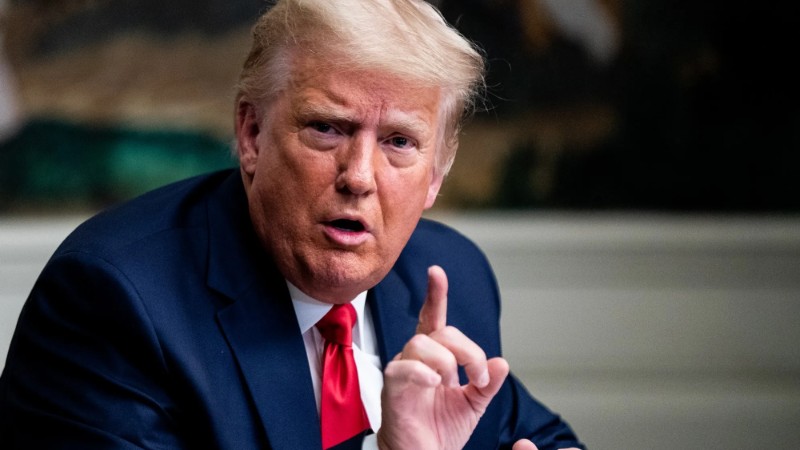What's Your Next Move? Navigating the 90-Day Tariff Reprieve
1x(1)_1752109819912.jpg)
1x(1)_1752109819912.jpg)

The latest U.S.-China tariff truce has slashed duties from 145% to 30%—but only for 90 days. For businesses importing from China, this brief relief is both an opportunity and a ticking clock.
Will tariffs snap back higher? Will supply chains face another shock? While no one knows for sure, for importers, manufacturers, and brands relying on Chinese suppliers, this temporary reprieve is a critical window to optimize costs, diversify supply chains, and prepare for future disruptions.
Here's what you need to know—and how to stay ahead.
Tariffs temporarily lowered from 145% to 30% (10% baseline + 20% fentanyl-related duty).
90-day truce—After this period, rates could snap back to 34% or higher if no deal is reached.
Industry reactions: Some brands call it a "partial relief," while others say 30% is still too high to sustain long-term profitability.
Even at 30%, tariffs destroy already slim profit margins. Many companies now face losses unless they raise prices, risking customer backlash.
The scramble to ship goods before the truce ends has spiked shipping costs by 30-40%. Chinese suppliers are quietly raising prices too, adding more pain.
Small businesses suffer most. Unlike big corporations, they can't absorb these costs. Many face extinction as tariffs eat into their profits.
The temporary reprieve hides bigger problems. Companies are wasting 20% more time managing supply chain chaos instead of growing their business.
Smart firms aren't celebrating. They're using these 90 days to find new suppliers and build backup plans before tariffs potentially jump higher.
The clock is ticking. Every day wasted now will cost dearly later when the next tariff hike hits. The time to act is today.
The temporary tariff reduction offers a narrow opportunity to strengthen your supply chain position. Companies acting decisively during these 90 days will be best positioned for whatever comes next.
Time is critical - expedite high-tariff orders like electronics, textiles and machinery before the 90-day window closes. Pre-book shipping now to avoid costly last-minute freight spikes when demand surges.
Savvy importers are optimizing costs through duty mitigation strategies. Restructure transactions using the First Sale Rule to reduce dutiable value. Consider bonded warehousing to defer duties or utilize Foreign Trade Zones for cost savings on storage and re-exports.
Diversification remains essential but requires a strategy. Launch pilot production in alternative markets like Vietnam, India or Mexico while maintaining China for bulk orders. Develop reliable backup suppliers to mitigate future risks.
Opt for short-term 90-120 day contracts to maintain agility. Explore tariff-sharing agreements where suppliers partially absorb cost increases to preserve business relationships.
Prepare for potential turbulence ahead. Run financial models projecting impacts if tariffs rebound to 34% or higher. Build a contingency fund now to cushion against future cost shocks when the reprieve ends.
The 90-day tariff reprieve offers a critical window to strengthen your supply chain—but only if you act decisively. With tariffs still squeezing margins and the threat of snapback looming, businesses need an expert partner to:
Maximize short-term savings through duty optimization
Secure flexible supplier terms before the window closes
Build resilient alternative supply chains without disrupting operations
Access financial solutions like extended OA terms to ease cash flow
EJET Procurement's 20+ years of China sourcing experience and end-to-end supply chain solutions give you the strategic advantage during this turbulent period. Our team helps you navigate tariffs while keeping costs competitive, so you're prepared no matter what happens next.
Don't wait until the reprieve ends.
Contact EJET Procurement today to optimize your sourcing strategy—before the clock runs out.
Your trusted partner for sourcing from china.





